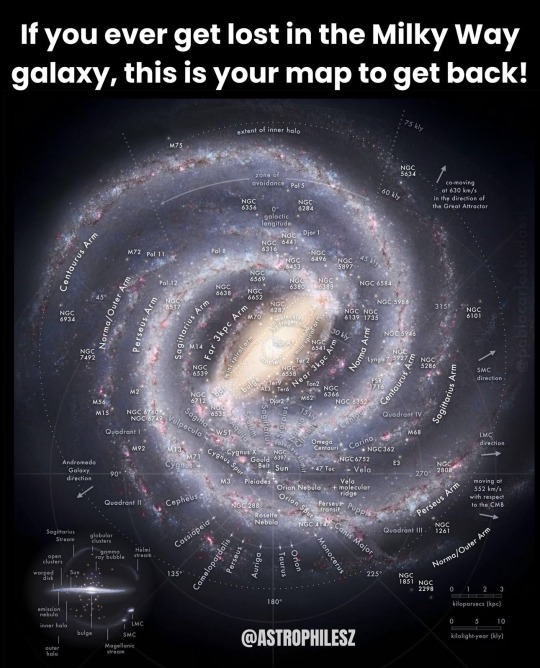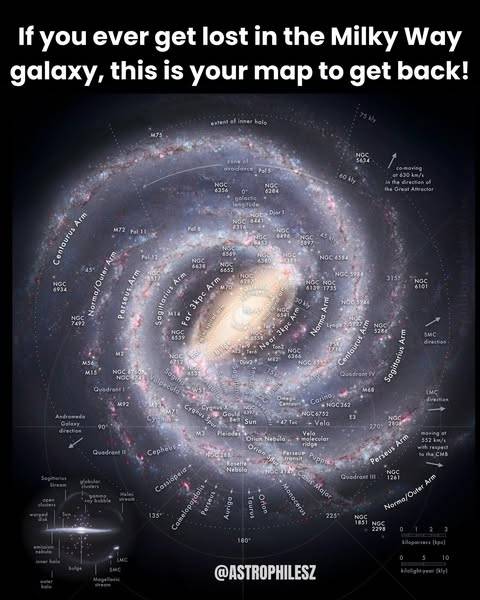Sharing some of the wonders of the Universe and some of fanciful stories that inspire real scientists
Don't wanna be here? Send us removal request.
Text

NGC 6357 also known as the War and Peace Nebula is a large star-forming region and emission nebula located in the constellation Scorpius, approximately 5,800 light-years from Earth.
Credit: Mark Sansom
283 notes
·
View notes
Text


Brothers Betelgeuse and Rigel
699 notes
·
View notes
Text



I love Neptune and would love a mission to this wonderful and mysterious planet. Although it's nearly impossible for humans to explore Neptune today, I created some AI images to simulate a future manned mission to this planet.
142 notes
·
View notes
Text

NGC 6072, Moth Wings
751 notes
·
View notes
Text

Exploding Meteor and Milky Way
1K notes
·
View notes
Text

189 notes
·
View notes
Text

SR CTA 1, Mermaid Tail
615 notes
·
View notes
Text

How was the speedo of light determined in 1846 without the aid of computers or laser beams? The answer is fascinating!
@thenumberxxili
instagram
11 notes
·
View notes
Text

RF pulse design and simulations: supplementary animations Magnetic Field Patterns from Hertzian Dipole Antenna
46 notes
·
View notes
Text

Check of astro.alexandra’s post over at instagram. She explains a rare planetary event thst will occur in the next week. (Link below)

instagram
8 notes
·
View notes
Text
Black Hole : Types and Origin

Black holes have always been one of the most talked about celestial object in space. Black holes are typically formed from the remnants of massive stars. When a star that is at least three times the mass of our Sun exhausts its nuclear fuel, it undergoes a gravitational collapse. The core of the star collapses to a singularity (a point of infinite density), and its outer layers may be blown away in a supernova explosion. The gravitational field in the region left behind becomes so strong that it forms a black hole.
Black holes can be of varied sizes and mass. They are categorized into mainly 3 types:

Stellar Black Holes: These black holes are the most common type and are formed from the collapse of massive stars. They typically have a mass between 3 to 10 times that of the Sun. Cygnus X-1, the first confirmed black hole, is an example of a stellar black hole.

Super Massive Black Holes: These are found at the centers of most galaxies, including the Milky Way. They are millions to billions of times more massive than the Sun. The supermassive black hole at the center of our galaxy is called Sagittarius A* The origin of Sagittarius A* is still unknown but scientists theorize that it might've formed through the merging of smaller universes.

Intermediate Black Holes: These black holes are rare and have masses between stellar and supermassive black holes. There is no known origin of these black holes but it is suspected that it can be formed through stellar black holes merging.
109 notes
·
View notes
Text
Home

In 1990, Voyager 1 photographed Earth from 3.7 billion miles away, creating the iconic Pale Blue Dot image. Earth becomes a tiny dot, reminding us of our small place in the vast universe. Carl Sagan's reflection on Earth emphasizes its fragility and the need for collective action to care for it. It is a humbling reminder of our shared responsibility to keep this small home safe in the universe of darkness.
62 notes
·
View notes
Text

From astrophilesz on Instagram:
The Sun and our entire solar system lie in a quiet neighborhood called the Orion Spur, tucked between the larger Sagittarius and Perseus Arms. We're about 27,000 light-years from the galactic center, orbiting it at over 828,000 km/h, completing one full rotation every 225-250 million years-a galactic year.
A more detailed explanation is at their post.

97 notes
·
View notes
Text

Spaceaccordingtoskylar explains a new image from JWST - two colliding galaxies whose appearance inspired its name - the “Infinity Galaxy” because their spiral arms suggest the shape of the infinity symbol.
Both galaxies are located 8 billion lightyears from Earth and likely have super-massive black holes at their centers, but what makes the image even more unusual is a mysterious object between the two galaxies that may be a third super-massive black hole.

instagram
#planet alphabet#astronomy#galaxy#spaceaccordingtoskylar#instagram#infinity Galaxy#super-massive black hole.#infinity symbol#colliding galaxies#8 billion light years
14 notes
·
View notes


